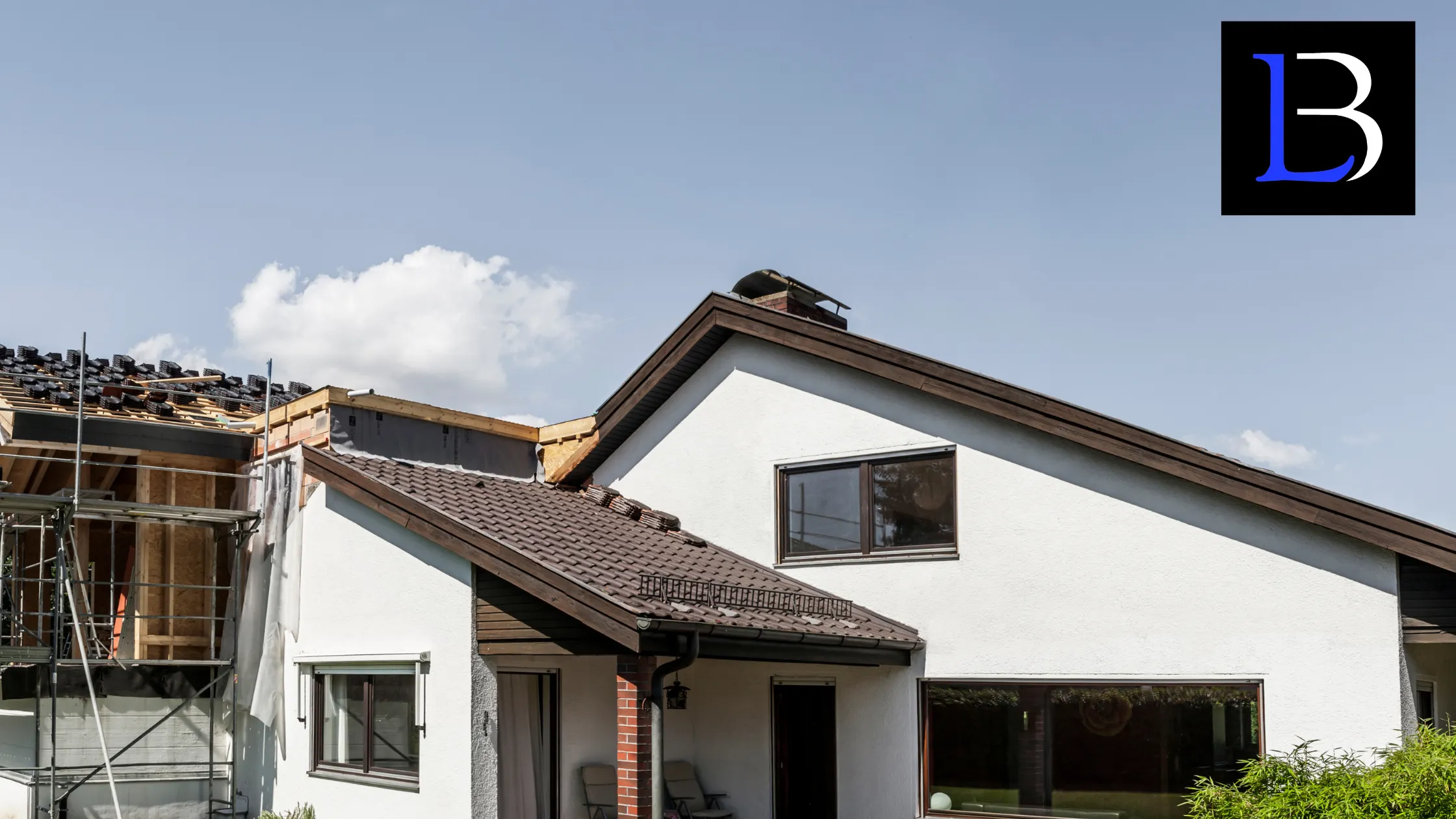Building a Home Extension: What to Expect in the Process

Planning a home extension can be an exciting yet daunting project. Whether you're looking to add space for a growing family or simply increase the value of your home, it’s crucial to understand the steps involved. Knowing what to expect during the process of building a home extension will help ensure the project runs smoothly and reduces the likelihood of unexpected surprises.
In this guide, we'll take you through each stage of the home extension process, from initial planning to the finishing touches.
1. Initial Planning and Design
a) Assessing Your Needs
Before diving into construction, it's essential to be clear about what you want from your home extension. Are you adding a new kitchen, expanding a living room, or creating an extra bedroom? The purpose of the extension will influence its design and cost.
b) Budgeting
Setting a realistic budget is one of the most important steps in the process. It’s easy to get carried away with big ideas, but having a clear financial plan will keep the project in check. Factor in all costs, including:
- Design and architectural fees
- Planning permissions (if required)
- Labour and material costs
- Additional expenses such as furniture or landscaping
You should also set aside 10-15% of your budget as a contingency fund for any unexpected costs that arise during construction.
c) Hiring a Designer or Architect
Next, you’ll want to hire a professional designer or architect to bring your vision to life. They will create detailed plans for your extension, considering the space, light, and how the new area will integrate with your existing home.
Choosing the right architect or designer is key to a successful project. Look for someone experienced in home extensions and make sure they understand your goals.
2. Getting Planning Permission and Building Regulations
a) Do You Need Planning Permission?
In some cases, you may not need planning permission, especially if your extension falls under permitted development rights. However, larger or more complex projects often require formal planning approval. Your architect or contractor can help with this process, but here’s a quick overview:
- Permitted development: Covers smaller extensions that meet specific criteria, such as single-storey rear extensions or loft conversions.
- Planning permission: Required for larger projects or extensions that significantly alter the appearance of your home.
b) Building Regulations Approval
Regardless of whether you need planning permission, all home extensions must comply with building regulations. These rules ensure the construction meets health and safety standards, including structural integrity, fire safety, and insulation.
You’ll need to submit your plans to the local council’s building control department or hire an approved inspector to oversee the project.
3. Choosing the Right Contractor
Once you’ve got your designs and permissions sorted, it’s time to hire a contractor. Take your time to research and choose a reliable, experienced builder who specialises in home extensions. Key steps to take:
- Get multiple quotes from different contractors to compare prices and timelines.
- Check references and reviews to ensure they have a good track record.
- Ensure they have insurance to protect against accidents or damages during construction.
Good communication is critical. Your contractor should provide a clear timeline and keep you updated throughout the project.
4. The Construction Phase
a) Site Preparation
Once the contracts are signed and permissions are in place, the first step in construction is site preparation. This involves clearing the area, putting up protective fencing, and, if necessary, excavating the ground for foundations.
If you're adding a two-storey extension, deeper foundations may be required, which can add to the overall time and cost of the project.
b) Building the Structure
This is where things start taking shape! The walls and roof will go up, and you’ll see the structure of your extension emerge. Depending on the size of your project, this phase can take anywhere from a few weeks to several months. Key stages include:
- Laying foundations
- Building walls and roof structure
- Installing windows and doors
During this time, building inspectors may visit the site to ensure everything complies with regulations. Expect some disruption to your daily routine as contractors move materials and equipment around your property.
c) First Fix Stage
At this point, essential services like electrics, plumbing, and heating systems will be installed. Known as the first fix, this stage happens before plastering, and it's when cables, pipes, and ductwork are added into the walls and floors.
5. Finishing Touches
a) Second Fix Stage
Once the basic structure is complete, the project moves to the second fix stage, which involves finishing touches such as:
- Plastering walls and ceilings
- Fitting doors, skirting boards, and any built-in furniture
- Installing electrical sockets, switches, and lighting fixtures
- Tiling or laying flooring
At this stage, your extension will start to look like a finished space, though there are still a few more steps before it’s ready to use.
b) Painting and Decorating
With all the construction work done, you can move on to painting, decorating, and furnishing the new space. Whether you're opting for a fresh, minimalist look or a cosy, traditional design, this is your chance to make the extension feel like part of your home.
c) Final Inspection and Sign-Off
Once the extension is complete, a building inspector will carry out a final inspection to ensure the work meets all required standards. If everything checks out, they will sign off the project and provide you with a completion certificate.
This certificate is important for future property sales, as it proves your extension meets building regulations.
6. Common Challenges and How to Overcome Them
While building a home extension can be rewarding, it's not without challenges. Here are a few common issues you might face and tips on how to handle them:
- Delays: Weather, supplier shortages, or unforeseen problems can delay construction. Keeping communication open with your contractor can help manage expectations.
- Rising costs: Always budget for contingencies to avoid financial strain if unexpected costs arise.
- Neighbour disputes: If your extension impacts neighbours, such as blocking light or access, it’s best to keep them informed from the start to avoid complaints down the line.
Final Thoughts
Building a home extension is a significant investment that requires careful planning and coordination. By understanding each step of the process – from initial design to the finishing touches – you can approach the project with confidence and avoid common pitfalls.
While there may be challenges along the way, working with a good contractor and staying organised will help ensure the end result is a beautiful, functional space that meets your needs for years to come.
